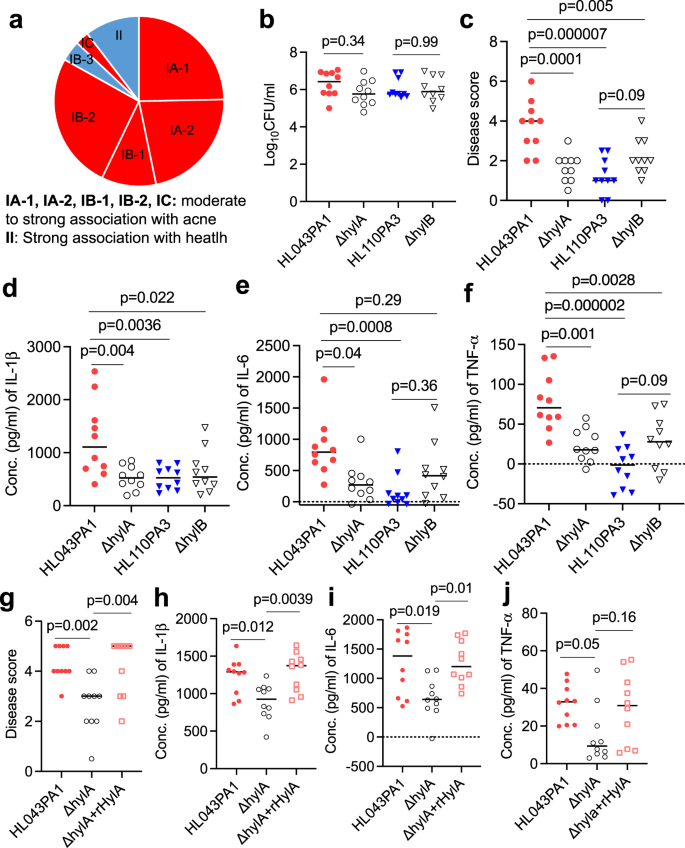2023-12-20 マサチューセッツ大学アマースト校
◆この新しい設計により、大脳皮質層内および深部脳領域の密なニューラルマイクロサーキットの調査が可能となり、将来的には脳の機能的なマッピングに寄与する見込みです。デバイスは光遺伝学を基にしており、2つの異なる色の光を使用してニューロンの活動を制御します。このデュアルカラープローブは、脳疾患の原因を特定するのに役立つ可能性があります。
<関連情報>
- https://www.umass.edu/news/article/umass-amherst-researchers-develop-first-high-precision-dual-color-optoelectronic-brain
- https://www.cell.com/cell-reports-physical-science/fulltext/S2666-3864(23)00533-7
密着型2色マイクロLEDが皮質層特異的双方向in vivo光遺伝学的電気生理学を可能にする Close-packed dual-color micro-LEDs enable cortical-layer-specific bidirectional in vivo optogenetic electrophysiology
Dacheng Mao,Feng Sun,Bradley Driscoll,Zhihao Li,Guangyu Xu
Cell Reports Physical Science Published:November 22, 2023
DOI:https://doi.org/10.1016/j.xcrp.2023.101702
Highlights
•A silicon neural probe monolithically integrated with dual-color micro-LED arrays
•Close-packed dual-color LEDs formed by heterogeneously stacked III–V films
•Enabling layer-specific bidirectional in vivo optogenetic electrophysiology
Summary
Optogenetics promises to manipulate the brain circuitry by exciting or inhibiting the same neurons via different colors of light (i.e., bidirectionality), and furthermore, to co-work with electrophysiology for low-crosstalk, high-resolution probing of the brain. Limited by feasible integration methods, though, neural probes with close-packed dual-color light sources remain underdeveloped, making high-resolution bidirectional in vivo optogenetic electrophysiology technically challenging. Here, we report, based on heterogeneously stacked III–V epitaxial films, a monolithic neural probe integrated with close-packed dual-color micro-light-emitting diodes (LEDs) and microelectrodes in 20- and 50-μm pitches, respectively. The resulting devices enable bidirectional in vivo optogenetic electrophysiology across layers IV and V of mouse somatosensory cortex, where dual-color LEDs are observed to excite and inhibit layer-specific brain dynamics. Such interlayer bidirectional in vivo optogenetic studies, to which our scalable probes are well suited, can add to high-resolution interrogation of the brain circuitry and shed light on animal disease models.
Graphical abstract



